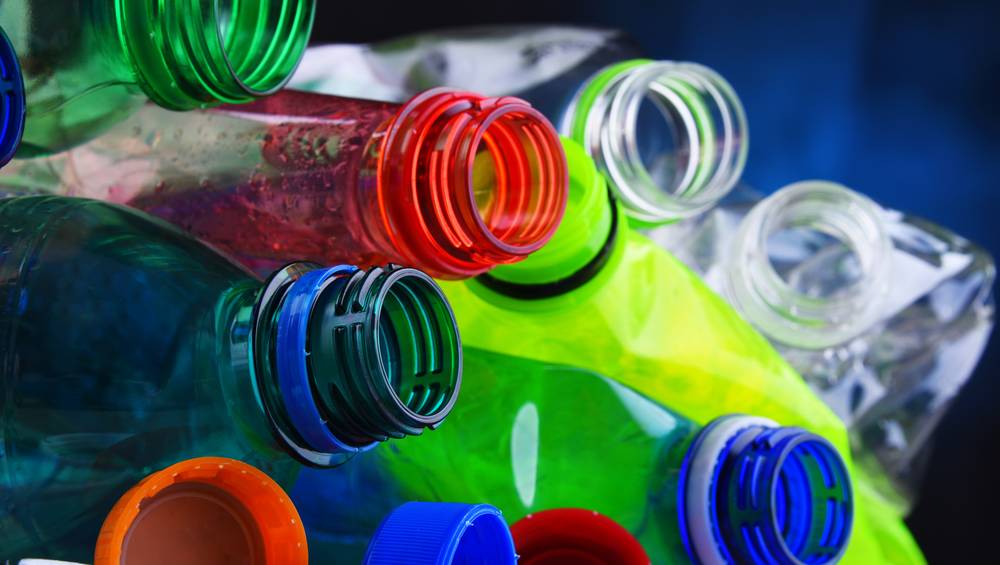news, latest-news, rod taylor, fuzzy logic, ask fuzzy, plastic
With my first ever pay packet, I bought a pair of fashionable plastic motorbike boots. Years later I found them where I’d left them in our roof cavity. My once nifty red boots were now shards of faded plastic. Plastic is an amazing modern material that can be used in an endless variety of ways. There are hard plastics and soft plastics which can be shaped and coloured for every conceivable use. The word ‘plastic’ is a generic term for a wide range of materials. The literal definition is a substance that can be moulded (even cheese is technically a form of plastic), but we typically refer to it as the product chemically engineered from oil. The first artificial plastic was made from cellulose, which comes from plant cells rather than oil. Parkesine is named after Alexander Parke who invented it in 1856. Then in 1907 Leo Baekeland invented bakelite, the first fully synthetic commercial plastic. The key to plastic’s strength and versatility is the ability of carbon to form long chain molecules called polymers. They can combine in different ways to form the many types of plastic. There isn’t a single reason why plastic degrades because it depends on the type of plastic and the environment in which it is stored. It can be triggered by chemical processes such as oxidation, such as happens with your red wine or steel tools. It can be caused by biological activity when, for example, mildew grows on the surface. Or, in the case of my boots, it can be caused by excessive heat. PVC was first discovered in 1835 but it was not commercially usable because it was brittle. This problem was solved in 1926 by adding plasticisers. PVC production now includes other things such as heat stabilisers, UV stabilisers, lubricants and pigments. Many of the problems with plastics such as PVC are caused when these additives are lost by physical or chemical processes. Loss of plasticiser can lead to cracking because the plastic shrinks and becomes rigid. Exposure to UV light can also damages the polymers, which can give off hydrochloric acid and accelerates the deterioration further. The Fuzzy Logic Science Show is 11am Sundays on 2xx 98.3FM. Send your questions to [email protected] Twitter @FuzzyLogicSci Podcast FuzzyLogicOn2xx.Podbean.com
/images/transform/v1/crop/frm/Z4Q6sUEHdcmw72MBPYgZkU/f82b4c9e-3273-4747-a289-6e2114f89624.jpg/r0_51_1000_616_w1200_h678_fmax.jpg
The word ‘plastic’ is a generic term for a wide range of materials. Picture: Shutterstock
With my first ever pay packet, I bought a pair of fashionable plastic motorbike boots. Years later I found them where I’d left them in our roof cavity. My once nifty red boots were now shards of faded plastic.
Plastic is an amazing modern material that can be used in an endless variety of ways. There are hard plastics and soft plastics which can be shaped and coloured for every conceivable use.
The word ‘plastic’ is a generic term for a wide range of materials.
The literal definition is a substance that can be moulded (even cheese is technically a form of plastic), but we typically refer to it as the product chemically engineered from oil.
The first artificial plastic was made from cellulose, which comes from plant cells rather than oil. Parkesine is named after Alexander Parke who invented it in 1856.
Then in 1907 Leo Baekeland invented bakelite, the first fully synthetic commercial plastic.
The key to plastic’s strength and versatility is the ability of carbon to form long chain molecules called polymers. They can combine in different ways to form the many types of plastic.
There isn’t a single reason why plastic degrades because it depends on the type of plastic and the environment in which it is stored. It can be triggered by chemical processes such as oxidation, such as happens with your red wine or steel tools.
It can be caused by biological activity when, for example, mildew grows on the surface. Or, in the case of my boots, it can be caused by excessive heat.
PVC was first discovered in 1835 but it was not commercially usable because it was brittle. This problem was solved in 1926 by adding plasticisers.
PVC production now includes other things such as heat stabilisers, UV stabilisers, lubricants and pigments.
Many of the problems with plastics such as PVC are caused when these additives are lost by physical or chemical processes. Loss of plasticiser can lead to cracking because the plastic shrinks and becomes rigid.
Exposure to UV light can also damages the polymers, which can give off hydrochloric acid and accelerates the deterioration further.
The Fuzzy Logic Science Show is 11am Sundays on 2xx 98.3FM.
Send your questions to [email protected] Twitter @FuzzyLogicSci Podcast FuzzyLogicOn2xx.Podbean.com







